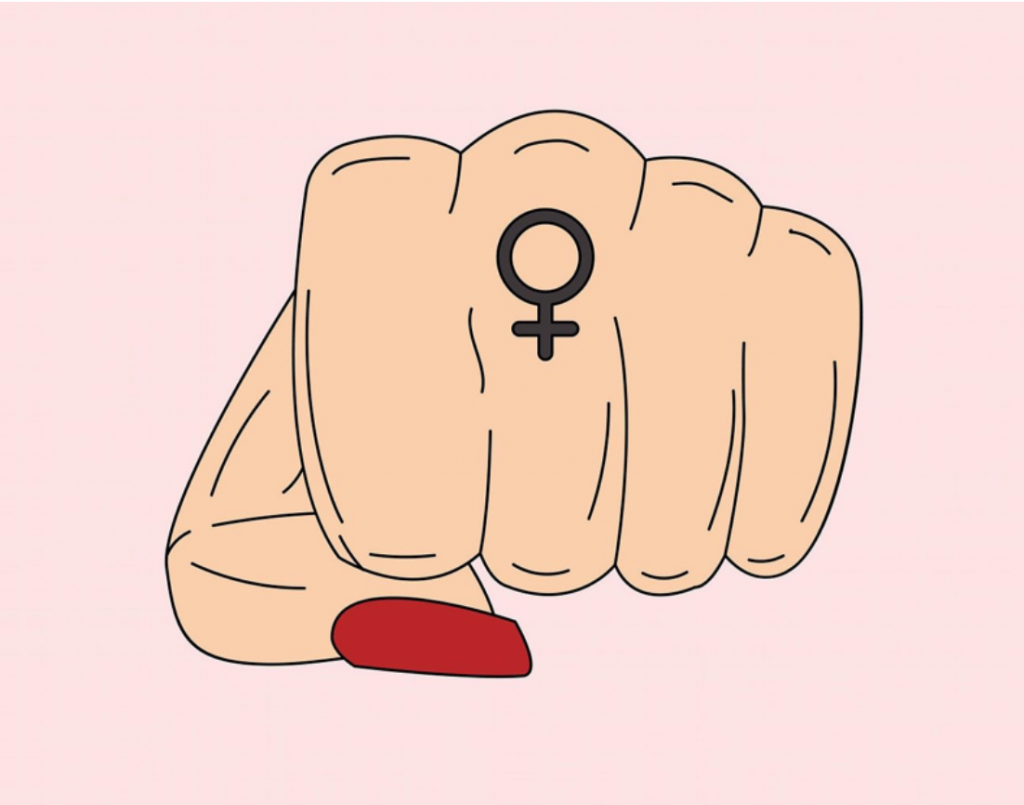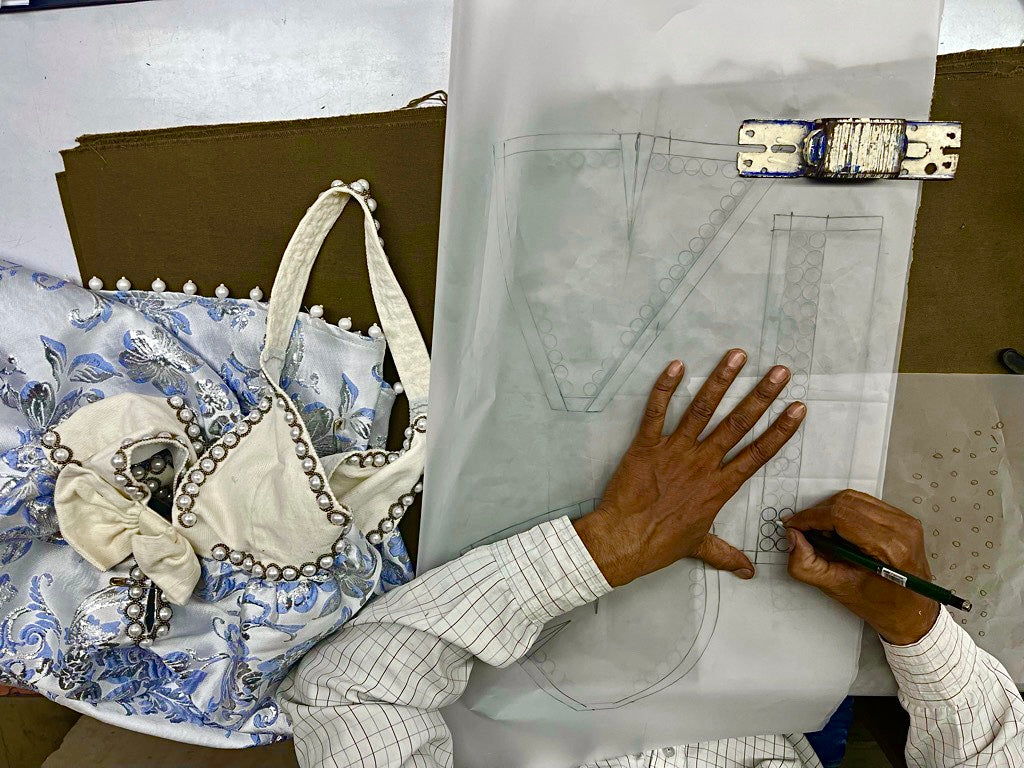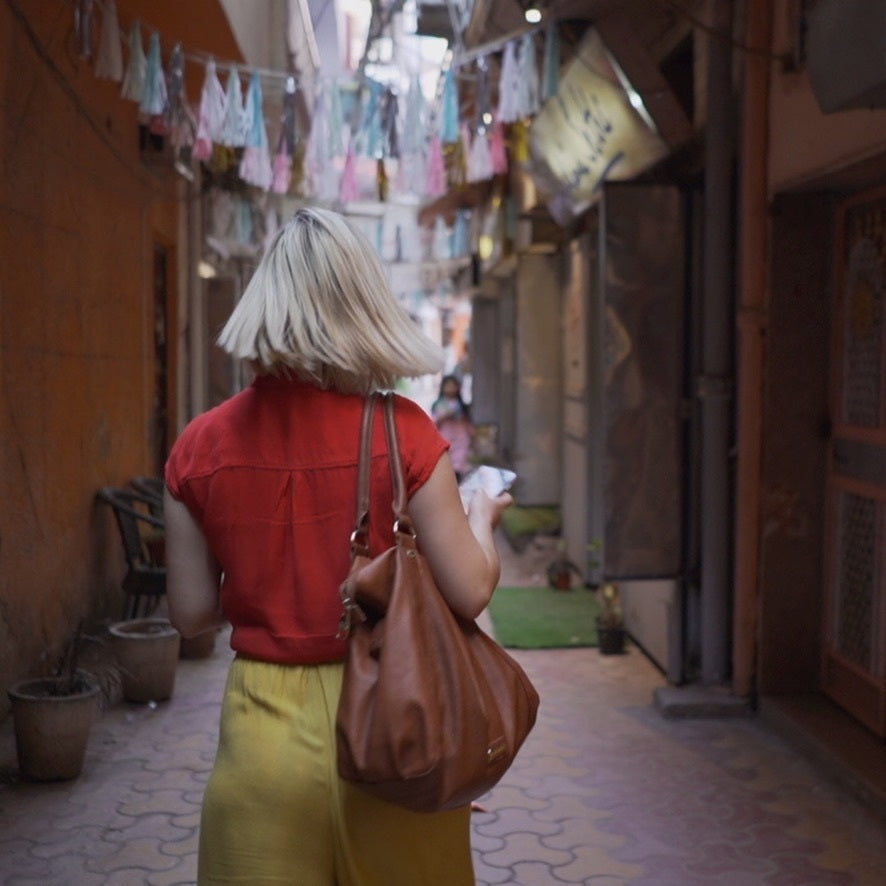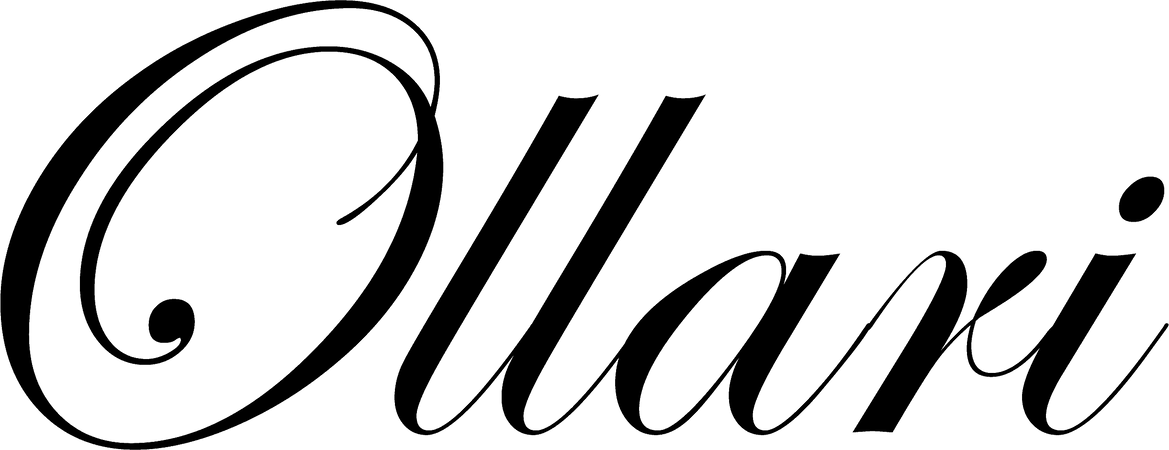Positive Psychology and Defining Creativity.
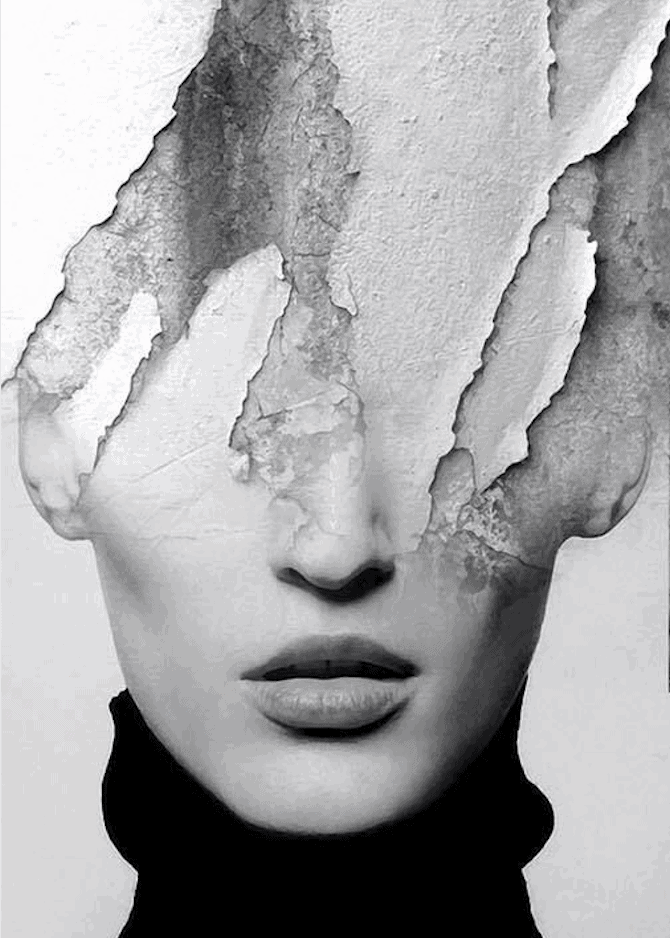
My Aunt Nancy Scully Sytsma has always been a strong source of light and inspiration for my siblings, cousins and myself. Her fun energetic spirit can make any room light up, her energy is that contagious. She is the youngest of four girls on my mom's side- "Aunt Nanny" we call her.
Working in the field of education and adolescent development, my Aunt Nanny is constantly delving into new personal and professional self-enrichment courses. Her most recent, Certificate in Positive Psychology, is an online graduate course at the University of Missouri Grad school. Guided by Instructors Patrick J. Rottinghaus, Ph.D. and Daisy Hu, M.S, one of the assignments required her to sit down with someone she identified as "creative". Here is a deeper look into my Aunt's assignment:
Interview a Creative Person
Interview a person whom you believe is a creative individual. Ask your participant to describe their creative processes using two specific examples. Gather information about their experience of creativity including, but not limited to the questions highlighted. Share about this interview in a 1-3 page paper.
Creativity & Innovation: Scientific Foundations and Everyday Applications
This certificate in positive psychology from Mizzou's Department of Educational, School, and Counseling Psychology (ESCP) is designed for individuals seeking a program that emphasizes applied interventions and theory in building thriving individuals, families, communities and organizations. Combining 21st century psychology and several ancient philosophies, contemporary positive psychology is focused on advancement of individuals and their collective well-being.
The program will provide you with a thorough understanding of the science of well-being and flourishing that will allow you to be more effective in your professional and personal life. Individuals may use this graduate certificate for personal enrichment or to increase their professional marketability across many career paths such as life/career coaching, teaching, managing, and organizational consulting.

Creativity & Innovation Week #4 Assignment: Interview with Meagan Ollari, Fashion Designer.
By Nancy Scully Sytsma.
My niece Meagan is a creative and artistic individual who has utilized her innovative spirit in countless ways throughout her life. From an early age, Meagan valued time where she could sketch, paint and free her imagination up to envision a world far beyond the limits of her present space. As she grew older, this talented young woman attended design school and is now a fashion designer and owner of her own clothing line— Ollari. Although Meagan works in a creative field, she also uses her artsy, inspired skills in many different areas of her life.
What is creativity?
In defining creativity, Meagan explained that it all starts with imagination. She believes that thought and imagination are the foundation of creativity. Although these can stay internal to the person, the potency of creativity comes when this imagined vision is executed. Another key factor to creativity is courage, as Meagan believes “creativity is a very vulnerable thing.” In creating and giving birth to one’s vision, people often judge themselves and risk being judged by others. She shared that it is a “scary thing to share your creative ideas and risk this rejection and judgement.” Because of this, courage needs to be present in order for creativity to truly flourish.

Describe an example of when you demonstrated creativity. How did you learn to perform this task?
Meagan recalls she first became aware of her creativity and courage during middle school when she began experimenting with different styles of dress and clothing. When peers began complimenting her style and copying her look, Meagan recognized she had a “natural knack to be different.” This initial experimentation taught her not to fear change and to experience new things including different cultures, food, and travel. Meagan’s adventurous spirit has taken her to countless countries and currently finds her living in India to be closer to her design productions.
When questioned about her creative process, Meagan stated that she does not have a solid one that she always follows. In coming up with ideas for a new collection, Meagan starts with color and fabric as these two things set the tone for every design that will follow. Sometimes if she needs inspiration, Meagan will go to the Indian fabric markets and look through endless samples. As she sees patterns and touches the fabric, different images of silhouettes begin forming. She begins to envision how the fabric will look on a sleeve, a jacket, a dress. This leads to the creation of a mood board, which is a tool designers use to “set the vibe of what they are trying to create”. Next comes the sketching of a new collection, which can involve either a few or many initial designs. One point Meagan stressed was that if she overthinks the sketches or her ideas, there exists a high probability that her work will not be good. When she allows her inspiration and skill to work quickly and freely, then the outcome is often excellent.
Meagan shared with me the newest collection she is working on and she pointed out that this creative process was different for her. She knew she wanted to do a feminine collection but was not exactly sure what direction she wanted to take it. When looking through Pinterest for inspiration, she came across a photo of Bianca Jagger and it was exactly “the mod, 70’s, fluffy feminine vibe” she was looking for. For this collection, Meagan completed all the designs first, which is unusual for her. The sketches and collection came together very quickly and she was very decisive in the looks and pieces she wanted. She shared that some collections take time, thought, and energy to plan and envision. Then there are those collections that come to fruition very quickly and she can complete the original ideas in just a day. For this collection, that was the case as she was able to bring to life the creation that she saw in her head. As compared to previous collections where the mood board came first, the mood board was the last piece she completed.

What role did nature (i.e., genetic influence) play in your creativity?
During our interview, Meagan made a distinction between creativity and artistic ability. She believes her artistic ability has a genetic component, as her father also possessed artistic skill. However, she added that a person could have artistic talent but not creativity. The creativity piece entails producing something that is unique to you and stems from your own imagination. Meagan does not know where her creativity stems from other than “maybe God.” She also shared that her mother supported this creativity fully and it was this encouragement that allowed her to believe in and follow her dreams.
Did your effort result in something novel and/or useful to others?
After attending design school, Meagan worked for a New York City fashion design company. Whereas school taught her to create outside the box, avant-garde designs, her work experience showed the necessity in considering the consumer and making more practical, sellable clothing. Now that she has created her own clothing line, Meagan must consider the business end of fashion as well. She believes she has found a good balance of creating unique, fashionable designs while ensuring the pieces are practical, sellable, and lucrative for her business. Meagan strongly believes her clothing line is useful to others and she bases this on the confirmation and accolades she receives from customers. When women purchase her designs and tell her how much they love them, it is affirming to her and further proves that her customers value her work and her creative vision.

What are possible barriers or distractions that could interfere with your creativity?
Meagan is very cognizant of the importance of mood and state of mind, especially as it relates to her creativity. When she is anxious or feeling stressed, she knows she will not create good work. She recognizes that when she is having a bad day mentally, her creativity suffers not only professionally, but in her personal life as well. In an effort to combat these distractions, Meagan ironically uses creative outlets to get her back on track. This might include drawing her feelings out in a sketchbook or repurposing a household item as a new decoration. When she creates “just for her”, with no thought of production and for no one’s eyes but her own, she is free to re-center herself emotionally and spiritually.
How can you further cultivate creativity in your life?
When considering how to further cultivate creativity in her life, Meagan brought the conversation back to spiritual and emotional elements. She possesses the self-awareness to know that nurturing her body and soul allows her to optimize everything she does. By living with more patience and gratitude, her productivity and creativity thrive. Integrative wellness practices have become an essential part of her wellbeing as they make her feel safe, aligned and in a positive place. Meagan’s conviction that “every creative aspect of mine thrives when I am in a positive space” is exactly the thinking that will allow her to continuously flourish and produce incredible fashion designs.

